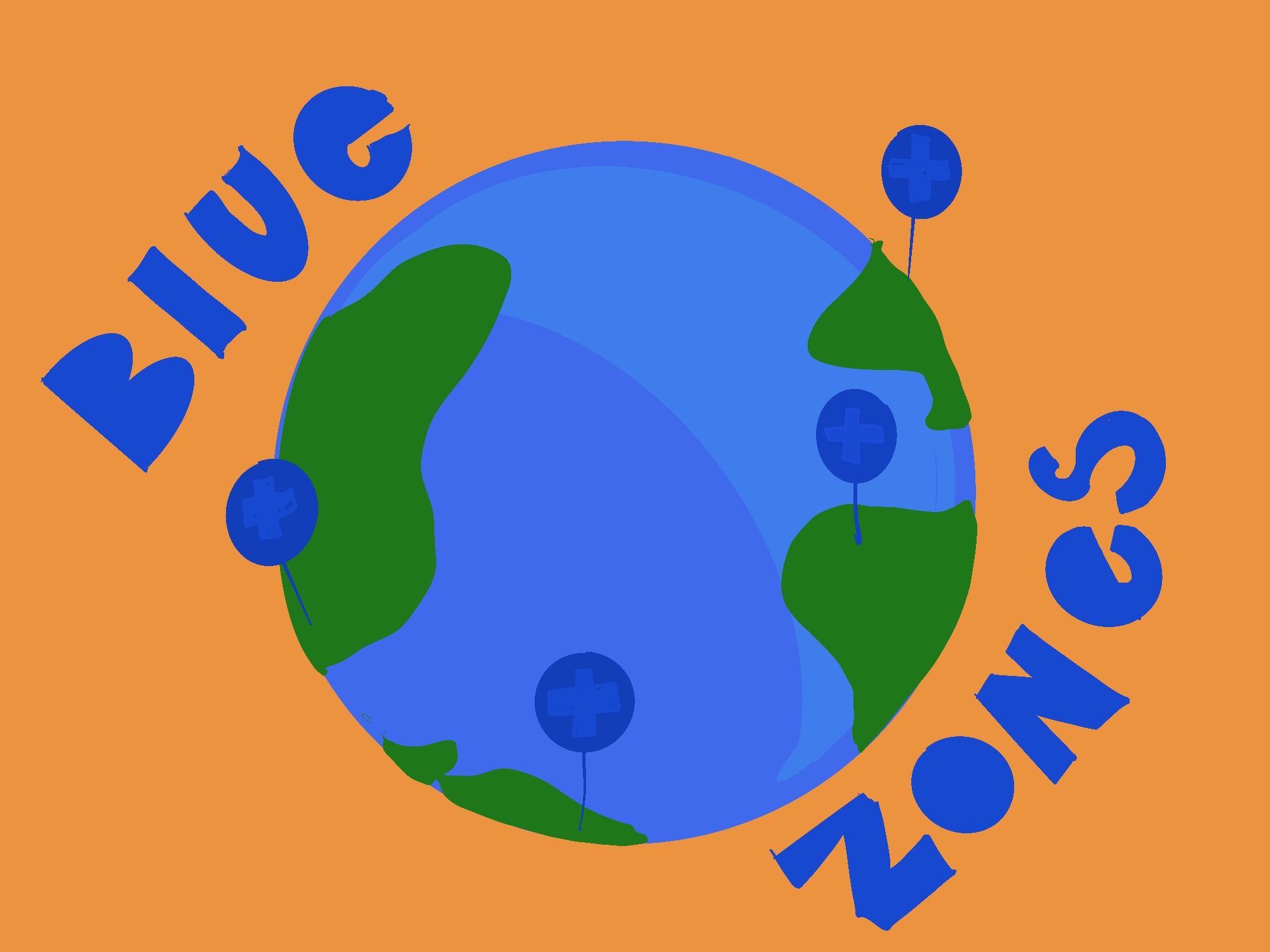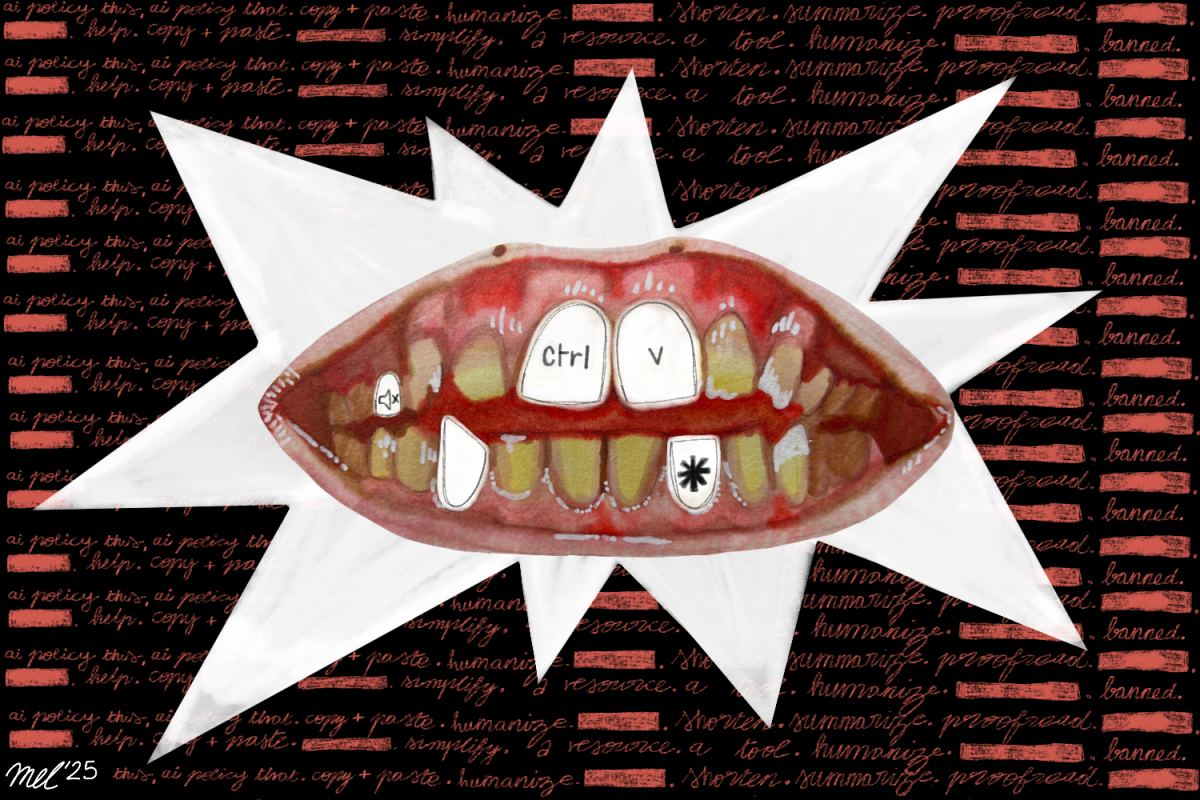Blue zones always seem like a step up from your average internet crash diet — still an elusive lifestyle trend, but seemingly without the rigid, nonsense rules that fill social media feeds.
Until they were disproven.
National Geographic Explorer Dan Buettner coined the term “blue zones” while researching different hot spots for longevity around the world. Ikaria in Greece, Sardinia in Italy, Okinawa in Japan, Loma Linda in California and Nicoya in Costa Rica became the chosen destinations.
These places all follow a similar pattern, which Buettner dubs the Power 9. The list includes eating a plant-based diet, incorporating exercise into the day and fostering connections and relationships. 
It sounds like the type of thing that we’re supposed to be doing: a low-stress lifestyle with high-quality food. It’s also conveniently unattainable for the average person.
I’ve always found myself somewhat skeptical of the blue zones. As interesting as it is to take lessons away from groups of people who are living a longer, happier life, the jump between their lifestyles and the lifestyles of the everyday American is pretty insurmountable.
Sure, there are a lot of science-backed findings lurking within the blue zone recommendations, but there are just as many factors responsible for longevity that come from specifically living in these communities.
“The things that really have made people live longer are environmental factors like having a sewerage system, having fresh water that’s readily available, and living in a society in which there is a reasonable degree of equity, peace and money,” Executive Director at the Georgia Institute of Global Health Australia Bruce Neal said to the Guardian.
Most of us live in a world where it is impossible to disconnect from our devices, where fresh fruit and vegetables are expensive, where our lives are not set up for prosperity but rather the cruel drudgery of a capitalist system that doesn’t particularly care for our well-being.
So, as much as I believe in the power of these healthy — which is such a loaded, tainted word anyway — habits, I take issue with a diet that patents a nine-step system and purports to change your life with a glass of red wine in the evening and some beans.
At the end of the day, health is the byproduct of societal privilege.
And, as it turns out, the blue zones aren’t even that great anyway.
Dr. Saul Newman recently won an Ig Nobel prize — the satirical science award supposed to “first make people laugh then make them think” — for his work discrediting the blue zone theory. He realized many of these centenarian hot spots fall prey to bad record-keeping, making it difficult to verify if people really are living past 100.
Newman found that many centenarians don’t have a birth certificate, meaning it’s impossible to know how old they really are. Other studies independently found some older people simply go ‘missing,’ which more likely means their death is unreported.
Japan, for instance, lost 230,000 centenarians in 2010 after a national audit of family records.
Plus, the Californian blue zone, Loma Linda, only made the list because Buettner’s editor wanted to make sure there was an American blue zone, with Buettner confessing that it’s “kind of an outlier” with respect to the other places.
Newman’s theories point to a broader problem in the field of demographics about the challenges of accuracy when it comes to chronicling something notoriously fickle: people.
But there’s also a deeper problem related to studies on health and aging: the distinction between experiments and observations.
Dr. Nir Barzilai, director of the Institute for Aging Research at Albert Einstein College of Medicine, said to the New York Times blue zones are “not a study; it’s an observation. It’s an observation which is consistent with what we think we know about aging. But it’s not a science.”
Experimental studies occur when scientists specifically control a variable within the study, and they often include specific statistical elements to make the results as strong as possible, such as randomized design and independent observations.
Observational studies, on the other hand, occur when researchers simply track the data from a group of people. Yes, these groups of people are often linked in some way, but these studies lack the intentional design that experimental studies have, reducing their interpretability and leading to biased results.
For example, you observe a group of people attending the same workout classes and deduce their risk of a heart attack is lower. Is it the class, or is it that these people are generally interested in health and thus prioritize eating better? Or does paying for classes also put them in a certain socioeconomic bracket that leads to a better quality of life? The list goes on.
Observational studies are useful because it’s usually unethical to study things like aging and quality of life via experiments. But, it means we have to take these studies with a massive grain of salt and remember the other variables and uncontrollable forces that impact the results.
It’s human nature to miscalculate and have bias, but the world becomes a complicated place with subjectivity clouding our view of scientific facts.
I’d be remiss if I didn’t mention the results of the recent election and their effect on the scientific community. The results signal a new era of uncertainty for science: I would not be surprised to see a rise in misinformation, propaganda and general anti-science rhetoric for the next four years.
The blue zones demonstrate that research can always be distorted to look a certain way, even if it isn’t necessarily that harmful. But what about when research is intentionally, maliciously twisted in the name of political agenda?
Critically thinking and double-checking the media and the science we consume is an unfair assignment. But it may just be our reality.

























































































































